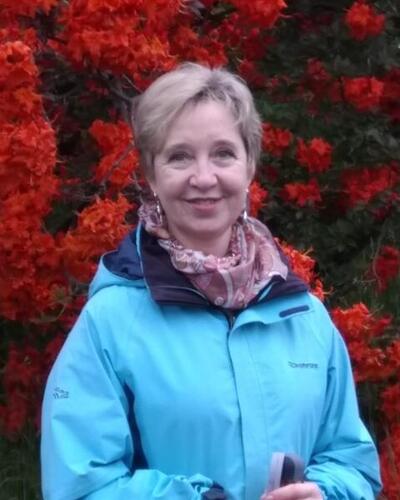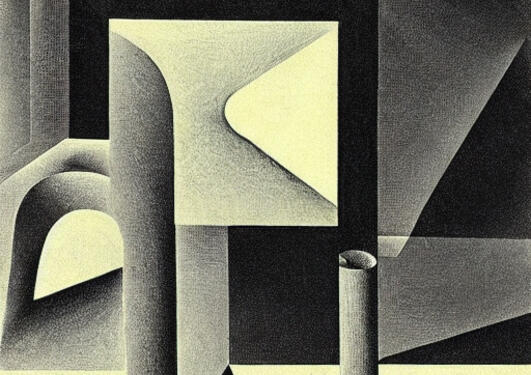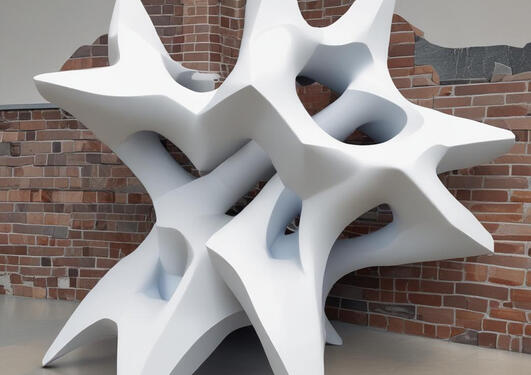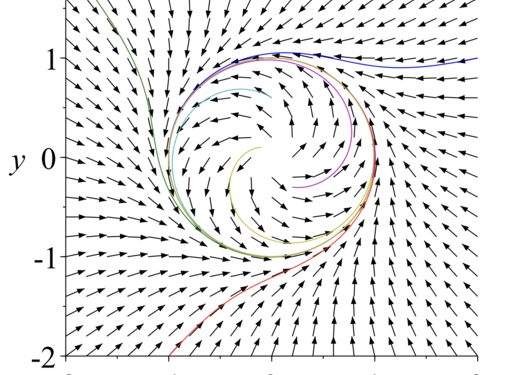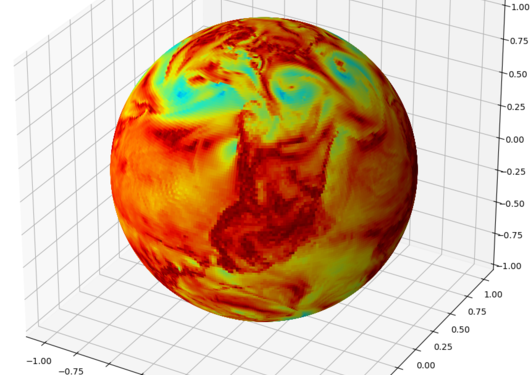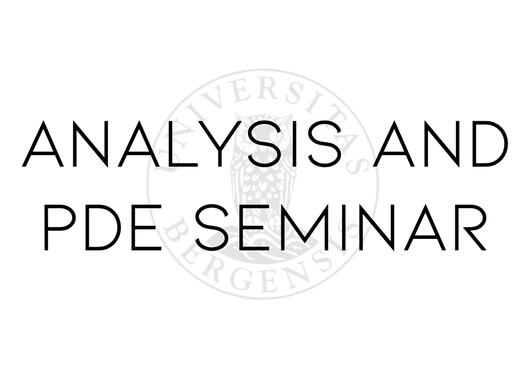Nomizu's canonical connection of the second kind
Speaker: Jonatan Stava, PhD. candidate @ the University of Bergen

Main content
Speaker: Jonatan Stava, PhD. candidate @ the University of Bergen
Abstract: Runge-Kutta methods is a common class of methods for solving initial value problems in R^n. These methods approximate the exact flow by combining curves with constant velocity, or just "straight lines". If we want to general these methods to manifolds other than R^n we must use the equivalent of a constant velocity curve which is called a geodesic, but these curves are dependent on the choice of connection on the manifold. A connection is a way of taking the derivative of one vector field in the direction of another. In general, there exists an infinite number of possible connections on a manifold. We say that a connection is canonical if it is the unique connection which satisfies certain conditions which are natural for the manifold in question. For instance, on a Riemannian manifold, the Levi-Civita connection is the canonical connection which is torsion free and preserves the metric.
Homogeneous spaces are an important type of manifolds that can be represented as quotients of Lie groups. Is there a canonical connection on homogeneous spaces? This was answered by Nomizu in an article from 1954. The goals of this talk:
Give a good introduction to the topic of connections.
Prove Nomizu's theorem which relates invariant connections on a reductive homogeneous space G/H with products on a vector subspace of the Lie algebra of G.
Use this theorem to express some particularly nice connections, ending with the one that Nomizu names the canonical connection of the second kind.
